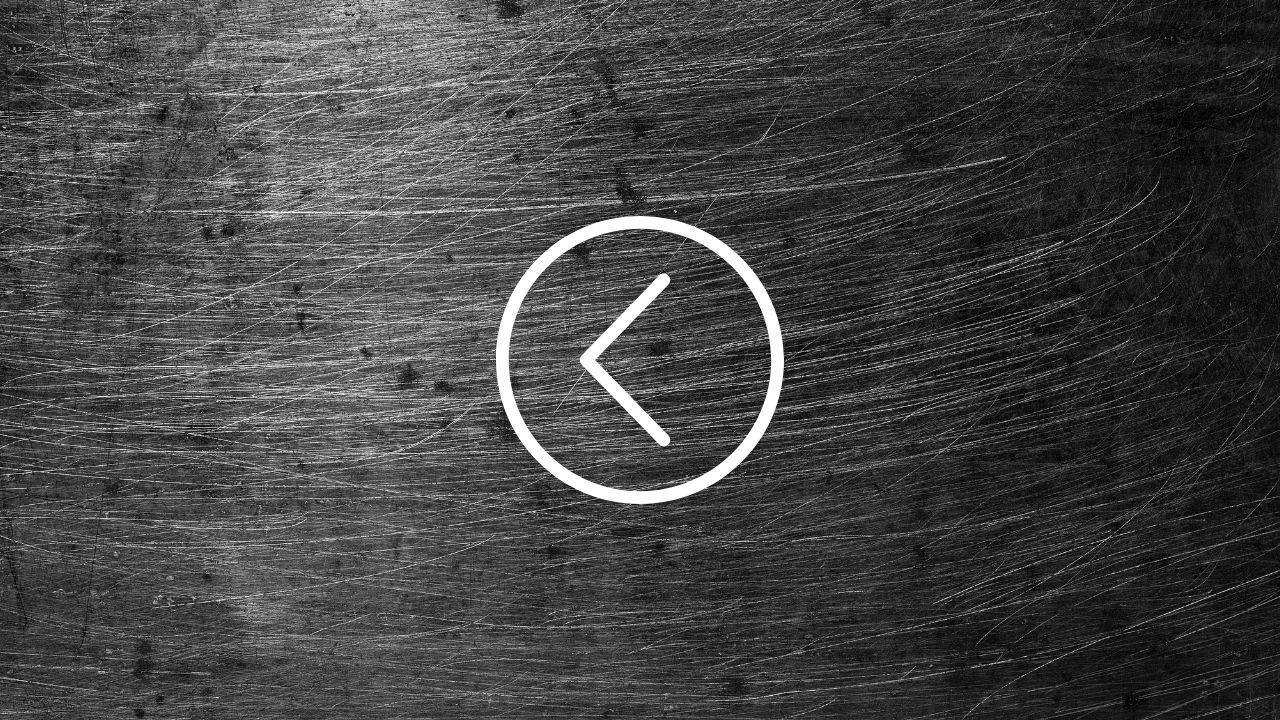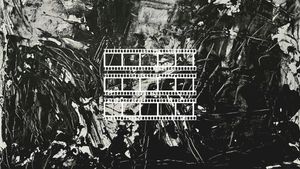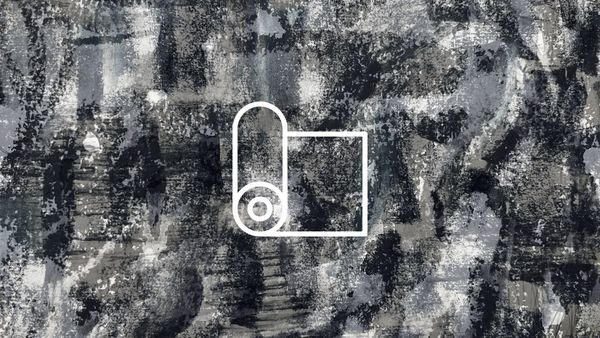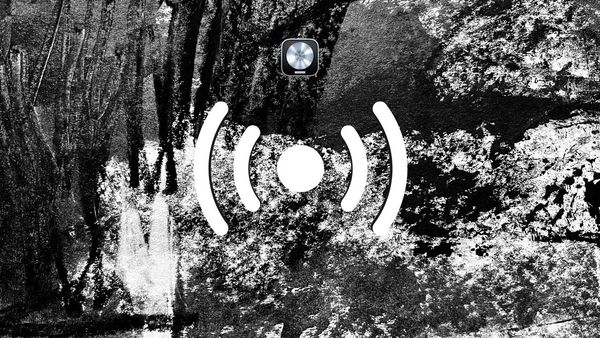If you’re involved in the music business, you will have undoubtedly heard the word “gain” being thrown around everywhere. It is an important part of the amp, so you should know exactly what it means.
However, many people struggle to define “gain”, and often confuse it with both volume and distortion. This can cause confusion when it comes to playing and understanding guitars and music.
Luckily, we are here to help! It is easy to understand what gain means and what it does on an amp.
In this article, we will discuss everything you need to know about gain, including what it does, the difference between gain, volume, and distortion, and more. Read on for more!
What Is Gain?
On amps, gain controls the input levels of guitars. More specifically, the gain will control the input level of a guitar in the preamp section.
Your guitar will receive signal from the amp, and how much signal the guitar gets is controlled by the gain. So, if the gain is higher, then so is the guitar’s signal.
Typically, gain is measured in ratios. An example of this is “unity gain”, which is a 1:1 ratio. Here, the input level and the output level match.
What Are The Different Types Of Gain Amps?
There are different types of gains available on guitar amplifiers. Some of these include:
High-Gain Amps
High-gain amplifiers have preamps that are designed to exceed any Clean Headroom Limit. This means that they are designed to create distorted, heavy sounds with lower volumes.
Although, you can find some high-gain amps that have a higher wattage, which will allow for a higher volume.
With high-gain amps, the gain controls the distortion, as opposed to the volume. High-gain amps will also often have many channels, one dirty and one clean.
This makes them extremely versatile and especially. suitable for heavy metal players.
Low-Gain Amps
This type of amplifier has very little gain, but the sound is clean and high. These amps work in a different way than high-gain amps.
With low-gain amps, the gain controls the volume, so increasing the gain will increase the volume, as opposed to the distortion.
Usually, low-gain amps are higher in wattage, and some will not have a Master Volume Control. Low-gain amps are preferred by blues players because they make their instruments louder while keeping the tone clear.
Although, what level of gain a guitarist has for their amp comes down to individual choice.
How Does Gain Affect Your Guitar Tone?
The amount of gain you apply to your guitar amplifier affects the tone of your instrument. When you turn up the gain, you amplify the sound coming out of your guitar.
As such, the louder you play, the bigger the sound becomes.
This is why many guitarists like to crank their amps all the way up before they start playing. By doing this, they can hear the full impact of their guitar tones.
If you want to make sure you get the best sound from your amp, then you need to be able to properly control the gain. You can do this by using the master gain control or the gain knob.
These controls allow you to adjust the volume and gain at the same time.
When you change the gain, you will see changes in the volume as well. However, there is no direct relationship between the two.
For instance, if you double the gain, then the volume will only go up half as much.
In other words, doubling the gain will result in a volume increase of 2x. But, if you double the volume, then the gain will only go up 4x instead of 8x.
So, if you want to achieve the best sound from your guitar amp, then you must be able to manipulate both the volume and the gain together.
What Is The Difference Between Volume And Gain?
Volume and gain are two aspects of a guitar amp that people often get confused about. Gain and volume are not the same things. In fact, volume is caused by gain.
Gain will occur in the preamp section of the amp, while volume will occur in the poweramp section. Generally, when you increase the gain on an amp, then the volume will also increase.
However, it is possible to increase the volume on a guitar amp without changing the gain. To do so, you need to use the Master Volume control, which you can also find on your guitar amp.
This allows you to adjust the overall volume of the amp.
What Is The Difference Between Gain And Distortion?
Just like the relationship between volume and gain, the relationship between volume and distortion is something people often confuse. Just like with volume, gain causes distortion.
When you increase the gain on an amp, then it eventually affects the guitar tone.
As the guitar gets louder and the amplitude increases, the tone will remain the same until you reach something called the “Clean Headroom Limit.”
Once this has been reached, this will cause the gain to create distortion instead of creating volume. So, the signal of your guitar (the top and bottom) gets cut off and compressed.
Some musicians like this distortion effect and will incorporate it into their playing. Others do not, and will try to avoid pushing the gain past the Clean Headroom Limit.
Final Thoughts
As you can see, the difference between volume, distortion, and gain is very important for any guitarist. Gain controls the input level of guitars’ signals.
Increasing the gain will increase the volume of the guitar (though you can increase the volume without changing the gain.)
However, increasing the gain too much will cause it to reach the Clean Headroom Limit and cause distortion to the guitar tone.
It’s essential to understand how these aspects work together because it will help you improve your guitar playing technique.
We hope this article helped you to understand what gain does on an amp, as well as the difference between gain, volume, and distortion.









Member discussion